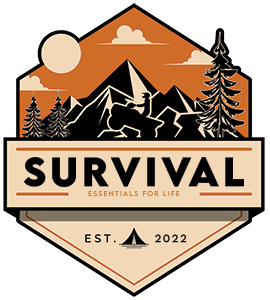Whether you’re preparing for an emergency, heading out on an RV trip, or want to reduce your emissions footprint, solar cookers are an excellent solution. They’re incredibly simple to set up and use zero electricity or fuel. They’re also portable. Having one on standby can make a huge difference in your quality of life, and they’re easy to use.
If you’re not familiar with solar cooking, here’s a quick rundown. Solar cookers are metallic devices that convert solar energy (UV rays) into infrared light rays directed at your cooking container. It’s not a fancy setup. Most are sheets of metal that are shaped to bend light. There are no knobs, no on/off switches, and no heat control. Without ample sunlight, they do not work. However, if you have plenty of sun available, you can warm, bake, cook, or pasteurize food. Keep in mind, too, that most solar ovens only heat up to 300 degrees Fahrenheit, so food sometimes requires longer cook times than in conventional ovens.
When it comes to choosing the right solar cooker for you and your family, there are many things you need to consider. Some of the most common considerations are:
- Cook time
- Capacity
- Portability
- Durability
- Min/max temperature
- Price
There are three main styles of solar cookers to choose from such as box, panel, and parabolic. Box cookers are the most prevalent on the market and consist of a wooden frame lined on the inside with an insulating material and then covered in aluminum. You place your food inside, close the lid, and wait. Many are large enough to accommodate more than one pot of food at a time, but they generally only heat up to 284 degrees Fahrenheit.
Although they work similarly to box cookers, panel cookers look like bowls with several flat panels spread out to catch the sunlight. Think of polygonal-shaped boxes with no top. These work very well and are easy to store but cannot be used in windy situations, as they can easily be blown over. Another downside is that cloud cover quickly dissipates the heat, potentially stopping the cooking process halfway through.
The last type, parabolic, looks like a very large satellite dish/collapsible colander. If you’re looking for something that cooks quickly at high temperatures, this is the optimal choice. The one caveat is that you need to (carefully, it’s hot!) adjust its direction to follow the sun to have the best UV concentration; otherwise, your food will not cook evenly. These solar cookers can reach temperatures as high as 550 degrees Fahrenheit when properly adjusted, so you can not only cook food within containers but also grill meats and veggies with ease. Even better, if you want to get fancy, you can bake bread!
Whichever you choose, be sure to read the instructions carefully, keep it clean and dry when stored, and always check the internal temperature of the food before consuming it.
